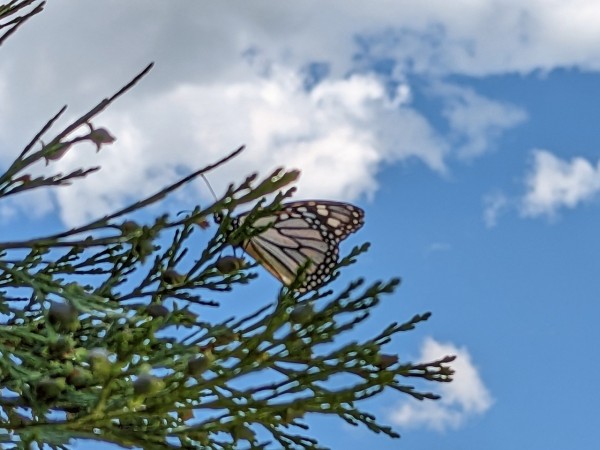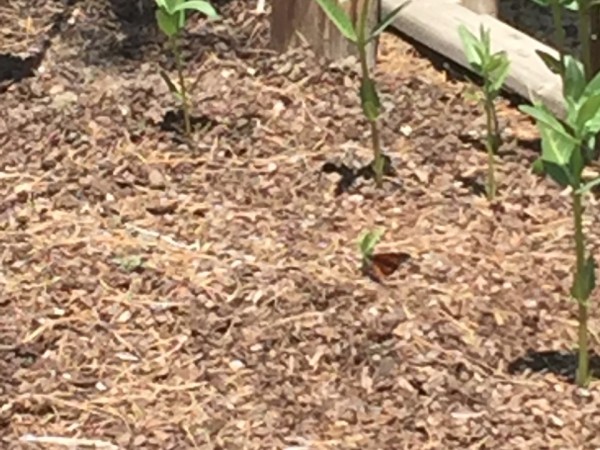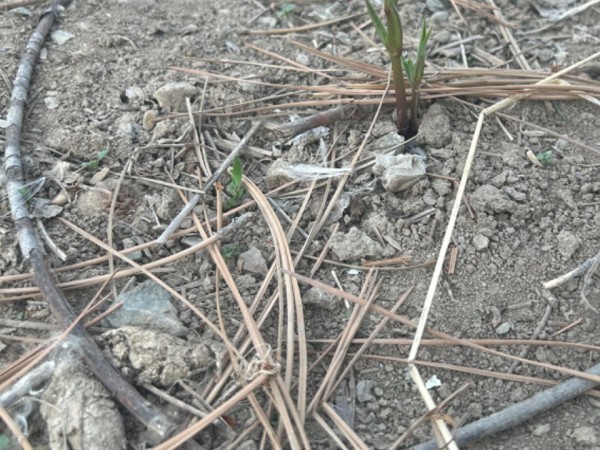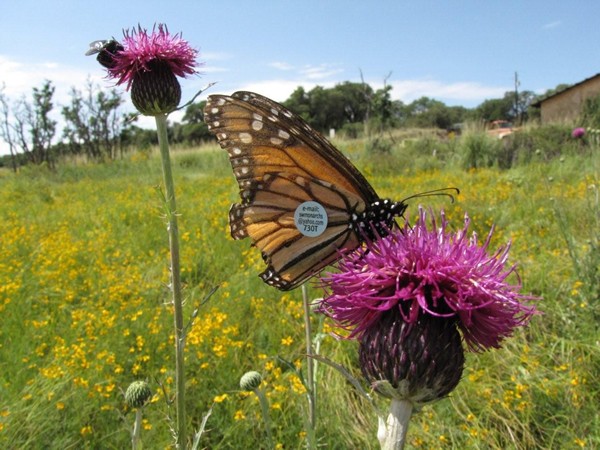Letter From Gail Morris: Western Monarch Spring 2023 Report #10
Western Monarchs Update
Monarchs are flying north with new sightings in Northern California and Oregon. A new first of year sighting of monarchs in Utah has everyone sighing in relief as well as monarchs continue to expand their range! Monarchs will soon reach the end of their spring migration. They will stay in the local breeding grounds and increase in number over the summer months. In the meantime, monarchs in Southern California are multiplying and increasing their presence especially in the coastal regions. Let’s watch and see how they do as the summer progresses. Keep your eyes out for monarchs and report your sightings!
Monarch & Milkweed Sightings
Here is a sample of monarch and milkweed sightings this week:
On April 30, Alice in Cottonwood, California reported her first monarch of the year. “Adult Monarch flew into my Backyard at 2:30 pm it was sunny and about 78 degrees. Rare to see. I saw one all of last year.”
Terry in Crescent City, California spotted her first monarch on May 13. “Tattered wings, flying low and slow through yard, then over fence to neighbors. not enough time to go get phone for photo. Weather clear, warmest day so far this year, no wind.”
On May 16 Erin in Jacksonville, Oregon, saw one monarch, the first of Spring. “Flitting between native narrow leaf milkweed plants (just sprouting).”
On May 22, Linda in Murray, Utah, spotted her first of year monarch. “So excited to see this monarch butterfly in my yard! This lovely creature was visiting many of the young milkweed plants - some in shade and some in full sun. Upon checking the plants later, I found four eggs - one each on four different plants. What a thrill. I'll be keeping an eye on those!”
First milkweed report by Greg in New Plymouth, Idaho on May 4. “Having a late spring.”
Grant in Summerland, British Columbia, Canada, found his first milkweed up on May 6. “Showy milkweed in our pollinator garden.”
Be sure to see several sightings of milkweed up in Utah as well!
Breeding Grounds in Sight
The weather is guiding monarch activity now. Cooler than normal temperatures are predicted for the next ten days in the Southwest but warmer than normal in the northern tier of the West. Warm, sunny days will hasten monarch movement. The cooler spring across the Western region may result in delayed flora and milkweed, so your observations will be especially important these final days of the migration. Take your camera and phone along with you this holiday weekend if you take a hike and let us know what you see.
Call for Reports!
Despite a much healthier overwintering monarch population, the key to the summer breeding season will be reflected in the progress of monarchs the next few weeks. Your reports are critical to our understanding of this season’s migration. We urgently need reports of sightings of emerging milkweeds and monarchs in any life-stage. Provide as much information as you can such as weather conditions (it’s okay to estimate). Your detailed description of what you see can include, but is not limited to, the monarch’s gender, wing condition (worn or excellent and everything in between), their type of activity and, if known, the type of milkweed, and flower type if they are nectaring. Be sure to check milkweeds for eggs, larvae or pupae if you are lucky to find them. We look forward to your reports!
Gail Morris is the Coordinator of the Southwest Monarch Study (www.swmonarchs.org), a Monarch Watch Conservation Specialist, and the Vice President of the Monarch Butterfly Fund, the Central Arizona Butterfly Association, and the Western Monarch Advocates. The Western Monarch Population News is based on comments provided to Gail Morris. We hope to increase the number of sightings and therefore photos and comments entered into Journey North. We rely on the volunteers who communicate regularly with Gail and who agree to participate in our effort to increase awareness of the population of Western Monarchs. You can reach Gail at gail@swmonarchs.org






